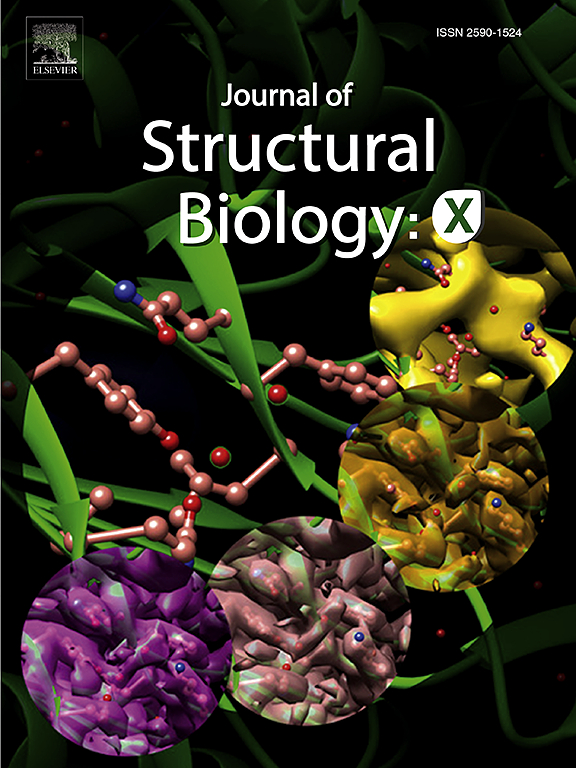Characterization of conformational flexibility in protein structures by applying artificial intelligence to molecular modeling
IF 2.7
3区 生物学
Q3 BIOCHEMISTRY & MOLECULAR BIOLOGY
引用次数: 0
Abstract
Recent AI applications have revolutionized the modeling of structurally unresolved protein regions, thereby complementing traditional computational methods. These state-of-the-art techniques can generate numerous candidate structures, significantly expanding the scope of structural biology. However, to effectively prioritize these models, a physics-based approach is required to assess the energy landscape. Such integration can bridge the gap between rapid model generation and precise determination of functional conformations. To address this challenge, we propose an integrated approach that combines molecular modeling with AI and HPC. Metadynamics simulations in latent space are used to explore potential energy landscapes based on initial approximations of flexible region structures derived from modeling tools such as AlphaFold, RosettaFold, Modeller, SwissModel, etc. The approach was validated by modeling folding of Trp-cage protein and conformational plasticity of ubiquitin. The predominant conformations of previously unresolved mobile regions in the active center of flavin-dependent 2-hydroxybiphenyl-3-monooxygenase (EC 1.14.13.44) were identified, while estimating the energy associated with these conformational changes.

应用人工智能分子建模来表征蛋白质结构的构象灵活性
最近的人工智能应用彻底改变了结构未解析蛋白质区域的建模,从而补充了传统的计算方法。这些最先进的技术可以产生许多候选结构,显着扩大了结构生物学的范围。然而,为了有效地优先考虑这些模型,需要一种基于物理的方法来评估能源格局。这种集成可以弥合快速模型生成和精确确定功能构象之间的差距。为了应对这一挑战,我们提出了一种将分子建模与人工智能和高性能计算相结合的综合方法。潜在空间的元动力学模拟用于探索势能景观,基于源自AlphaFold、RosettaFold、modeler、SwissModel等建模工具的柔性区域结构的初始近似。通过Trp-cage蛋白折叠模型和泛素构象可塑性模型验证了该方法的有效性。在黄素依赖性2-羟基联苯-3-单加氧酶(EC 1.14.13.44)的活性中心,确定了先前未确定的移动区域的主要构象,并估计了与这些构象变化相关的能量。
本文章由计算机程序翻译,如有差异,请以英文原文为准。
求助全文
约1分钟内获得全文
求助全文
来源期刊

Journal of structural biology
生物-生化与分子生物学
CiteScore
6.30
自引率
3.30%
发文量
88
审稿时长
65 days
期刊介绍:
Journal of Structural Biology (JSB) has an open access mirror journal, the Journal of Structural Biology: X (JSBX), sharing the same aims and scope, editorial team, submission system and rigorous peer review. Since both journals share the same editorial system, you may submit your manuscript via either journal homepage. You will be prompted during submission (and revision) to choose in which to publish your article. The editors and reviewers are not aware of the choice you made until the article has been published online. JSB and JSBX publish papers dealing with the structural analysis of living material at every level of organization by all methods that lead to an understanding of biological function in terms of molecular and supermolecular structure.
Techniques covered include:
• Light microscopy including confocal microscopy
• All types of electron microscopy
• X-ray diffraction
• Nuclear magnetic resonance
• Scanning force microscopy, scanning probe microscopy, and tunneling microscopy
• Digital image processing
• Computational insights into structure
 求助内容:
求助内容: 应助结果提醒方式:
应助结果提醒方式:


